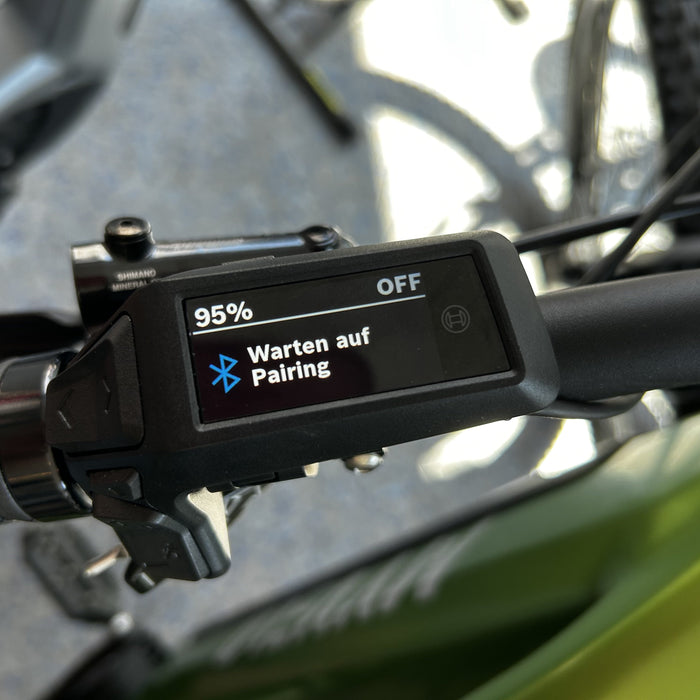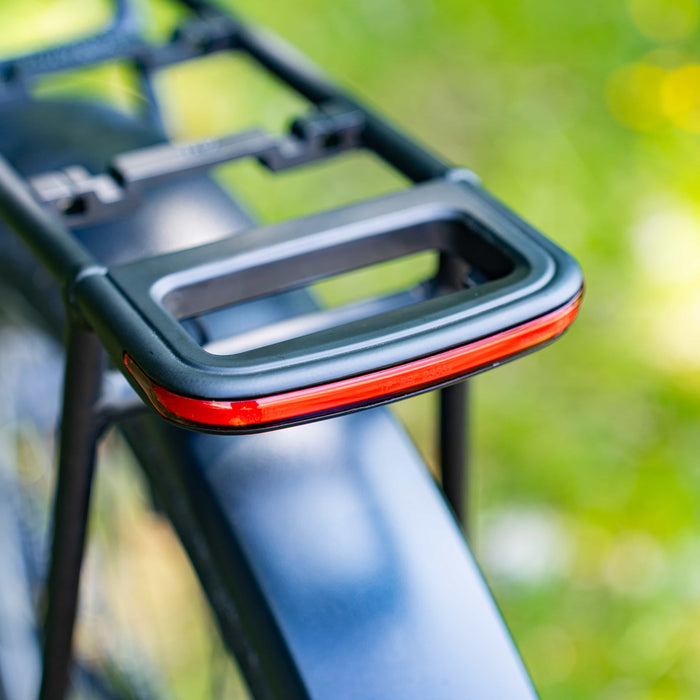
Himalaya E-MTB
incl. FREE shipping & free returns
📣 Nur für kurze Zeit 200€ Ersparnis
📦 Lieferung Ende August

A shift cable is a central component of a bicycle's gear system. It mechanically transmits the movement from the shift lever to the front or rear derailleur, ensuring that the chain shifts precisely between gears.
A shift cable consists of two main components:
inner cable
A thin, flexible steel cable (similar to Bowden cables).
It runs inside the outer shell.
Is tightened or loosened when shifting and thus moves the rear derailleur.
Outer shell
Protects the inner cable from dirt, water and damage.
Made of plastic with a metal spiral or reinforcement inside.
Often provided with a sliding coating on the inside so that the inner cable runs with as little friction as possible.
When the shift lever is operated, the inner cable pulls or relaxes.
This moves the rear derailleur or front derailleur.
This ensures that the chain switches to a different sprocket or chainring.
If gear shifting is difficult, imprecise or delayed.
If there are visible rust spots or fraying on the cable.
After a fall in which the rear derailleur or shift lever was damaged.
Regularly for intensive use, e.g., for sports or everyday bikes every 1-2 years.
A shift cable is different from a brake cable, although they look similar. Both transmit pulling power, but shift cables are finer and more flexible, as they are responsible for precise movements — not large braking forces.
The shift cable is an inconspicuous but extremely important part of the groupset. Without it, nothing would work in mechanical shifting systems – it's the "connecting cable" between your finger and the movement of the chain.

E-Bike-Touren digital aufzeichnen – ganz einfach mit Apple Health oder Strava. In diesem Artikel erfährst Du, wie Du Dein Bosch E-Bike (z. B. mit Purion-Display) über die Flow App synchronisierst – oder alternativ mit einer GPS-Smartwatch trackst. Ideal für alle, die ihre Touren analysieren oder mit Freunden teilen wollen.

Buying a children's bike is an important step – it means a little more freedom, independence, and mobility for the child. However, not every bike is automatically child-friendly. There are numerous factors that play a role in the purchase – from the right size and safety to the weight of the bike. In this article, you'll learn what to really look for when buying a children's bike.

Der richtige Reifendruck ist entscheidend für Sicherheit, Fahrkomfort und die Reichweite Deines E-Bikes. Dabei stößt man oft auf zwei verschiedene Einheiten: psi und bar. Aber was bedeuten sie eigentlich – und wie rechnet man sie um? Psi in Bar umrechnen – interaktiver Rechner: Hier kannst Du ganz einfach Werte umrechnen